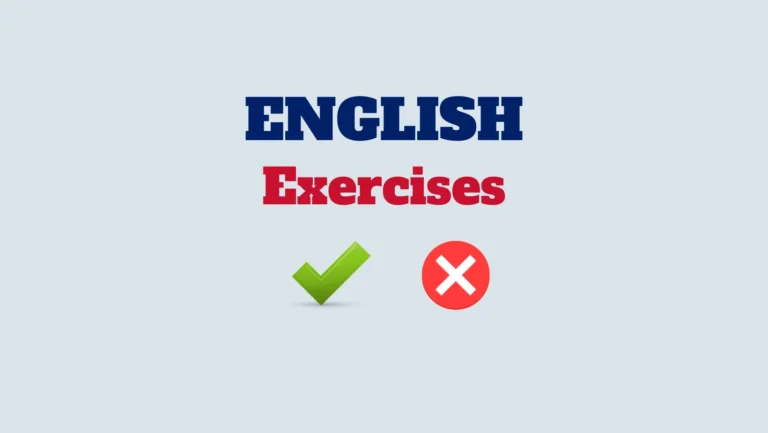The terms “islet” and “eyelet” are often mixed up due to their similar sounds but have distinct meanings and uses. Understanding the difference between these two terms is helpful for clear and accurate communication, especially in discussions about geography and textiles.
Islet
Definition:
An “islet” refers to a small island, often one that is uninhabited or of minimal size. It is a natural landform surrounded by water.
Examples of use:
The boat trip took us to a remote islet where we enjoyed a peaceful picnic.
The islet was a popular spot for birdwatchers due to its unique habitat.
They discovered a small islet in the lake, perfect for a secluded getaway.
Eyelet
Definition:
An “eyelet” is a small hole, usually reinforced with a small ring or edge, often used in textiles as part of a design or for threading laces or ribbons. It is commonly found in garments, shoes, and craftwork.
Examples of use:
The dress featured decorative eyelets along the hem, adding a touch of elegance.
The shoes had metal eyelets for the laces, ensuring durability and a secure fit.
She carefully embroidered eyelets on the fabric to create a lace-like pattern.
While “islet” and “eyelet” sound similar, they refer to entirely different things. An “islet” is a small island, often found in bodies of water, whereas an “eyelet” is a small hole in textiles used for decoration or functional purposes. Knowing these distinctions helps in using the terms accurately in their respective contexts.



